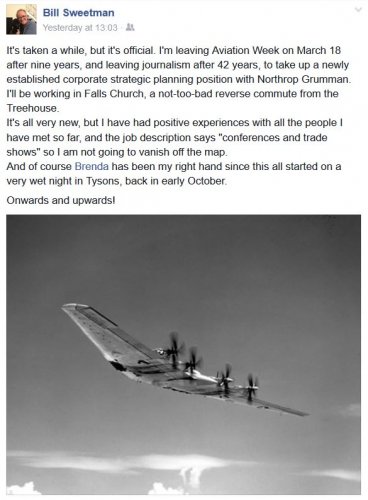- Joined
- 17 October 2006
- Messages
- 2,393
- Reaction score
- 1,197
"It's not transparent and open in the media since journalists, unlike 401(c) think tanks like CNAS, don't have to legally disclose sources of funding or other commercial/consulting or advisory interests."
Are you suggesting that defense journalists routinely have such sources of funding (other than salaries or freelance payments) or commercial interests? If not, please retract that statement; if so, please provide facts.
Are you suggesting that defense journalists routinely have such sources of funding (other than salaries or freelance payments) or commercial interests? If not, please retract that statement; if so, please provide facts.

